Category: Landscape Maintenance

January & February Landscaping Tips
December 14, 2017Happy New Year! With 2018 just around the corner, it’s time to start preparing your landscape to look its best in the spring. While it is easy to hide away from the cold winter weather here in Pennsylvania, be sure to spend some time in January and February knocking out some simple yard work- beyond taking down the decorations you put up for the holiday season.
Not sure where to start? Here are a few helpful suggestions:
January
Believe it or not, January usually has a few nice, sunny days that provide the perfect opportunity to work on your landscape. It is the ideal time to inspect flowering trees and shrubs for broken, diseased, or weak branches and carefully prune them out. It is also the ideal time to prune flowering trees for shape but be careful, pruning is a skill that takes years to learn! You can also trim your fruit-bearing plants to encourage new growth and fruit production.
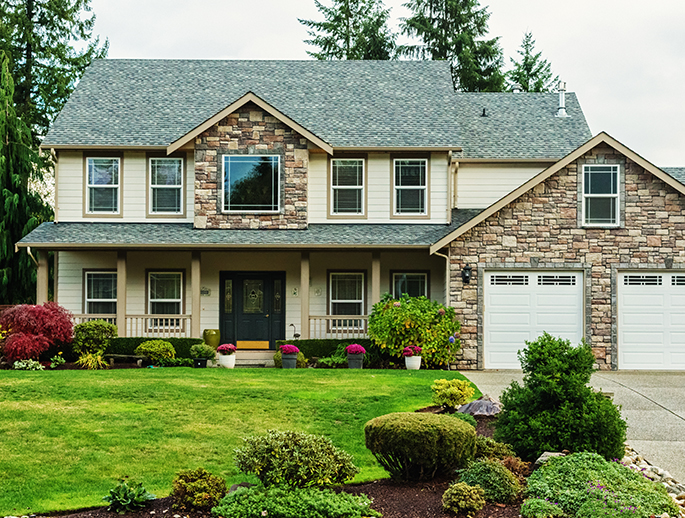
Up Your Curb Appeal with Professional Landscaping Services
September 28, 2017It’s no secret that curb appeal landscaping can increase the value of your home and the likelihood that it will sell successfully. However, moving is already a stressful time for any homeowner and you may not have the time to sort through curb appeal ideas, let alone implement any of them.
Fortunately, hiring an experienced landscaping company can be an easy and affordable way to quickly increase your curb appeal and your home’s value. These are the services we recommend to homeowners looking to put their house on the market.
Get Your Lawn to Make Some Green
A healthy lawn is one of the most attractive features a home buyer wants to see – and the first that they see. A healthy lawn signals to the buyer that the house has been well maintained during your ownership.
Proper aeration and overseeding can assist in ensuring a lush, green lawn that buyers will adore.
Color a Buyer’s Perspective
Green isn’t the only color that can add value to your home. Curb appeal landscaping that includes colorful flowers, shrubs and trees will add some wow-factor to your yard. Buyers will perceive your home to be more welcoming if there are lively, colorful plants surrounding it.
To make your gardens and flower boxes stand out, request that your landscaper use darkly colored mulch. A darker shade of mulch will add to the perception that the soil is healthy, while also adding a great visual contrast to all of those colorful plants.
Providing a Clean Slate
Hardscaping is an important factor in curb appeal. Begin with a thorough pressure washing of your decks, patios and walkways. Once clean, inspect your hardscaping for any cracks or deterioration. Repair, replace and repaint as necessary. Having your hardscaping looking new and pristine will drive value into your home.
Light It Up
While most buyers will only see your curb appeal landscaping during daylight hours, installing outdoor lighting is a smart, inexpensive way to highlight your home. Landscape lighting helps reassure buyers that your home is located in a safe, desirable neighborhood.
Does your curb appeal need an upgrade? Contact Hively Landscapes about any of these services. Our experts can help you enhance your curb appeal so that your home is ready to sell.

Prepare Your Landscape For Winter with Fall Lawn Care
August 31, 2017Cooler weather will be here before we know it! And while it’s tempting to assume that the change of seasons means you can take fall lawn care off your to-do list, this isn’t the case. Continuing upkeep and maintenance on your landscape is essential during the cooler months, especially if you want to have a healthy, lush lawn by the time spring rolls around. Here are some simple steps to winterize your landscape.
Soil Testing
Soil testing your yard is one of the easiest ways to determine the overall health of your landscape. Measuring the pH and nutrient levels of your property allows us to prescribe the best fall and spring lawn care plan for your soil’s specific needs.
Mowing and Maintenance
Cool weather grasses will continue to grow in Central PA in the fall. It’s important to continue to cut your lawn until the first frost of the season. You may even want to cut the grass slightly shorter than usual. This makes it easier to aerate and fertilize.
Aeration and Fertilization
This is the best time to aerate and fertilize your lawn. Fertilizing the grass now will ensure it has the nutrients it needs to thrive in the spring, while aeration will allow the roots easier access to those nutrients. The aeration and fertilization one-two punch is one of the best ways to prepare your lawn for the winter ahead and the spring to follow.
Removing Dead and Dying Plants
Pruning and removing dead trees does more than improve your landscape’s appearance. It also prevents possible property damage from falling limbs and branches. As an added bonus, removing smaller dead plants from gardens and composting the remains is a natural way to give your garden beds a boost for the spring.
Remove Leaves and Debris
Ailing limbs and branches aren’t the only dead things that need to go when prepping your lawn for winter. Removing leaves, which prevents bald spots on your lawn and reduces cleanup after a snowfall, is essential for a healthy lawn in the spring.
Mulching
As temps cool in mid to late Fall covering temperature-sensitive plants with mulch will help insulate your garden from the dropping temperatures of the season. It will also help reduce weeds come springtime.
Herbicide
It may seem strange to worry about killing weeds in the fall, but using a well timed pre-emergent herbicide now will leave grass with more room to grow and minimize early germinating weeds in mulch and planting beds
Ready to prep your lawn for winter? The experts at Hively offer fall lawn care services so you can have a beautiful landscape by spring. Contact us today.
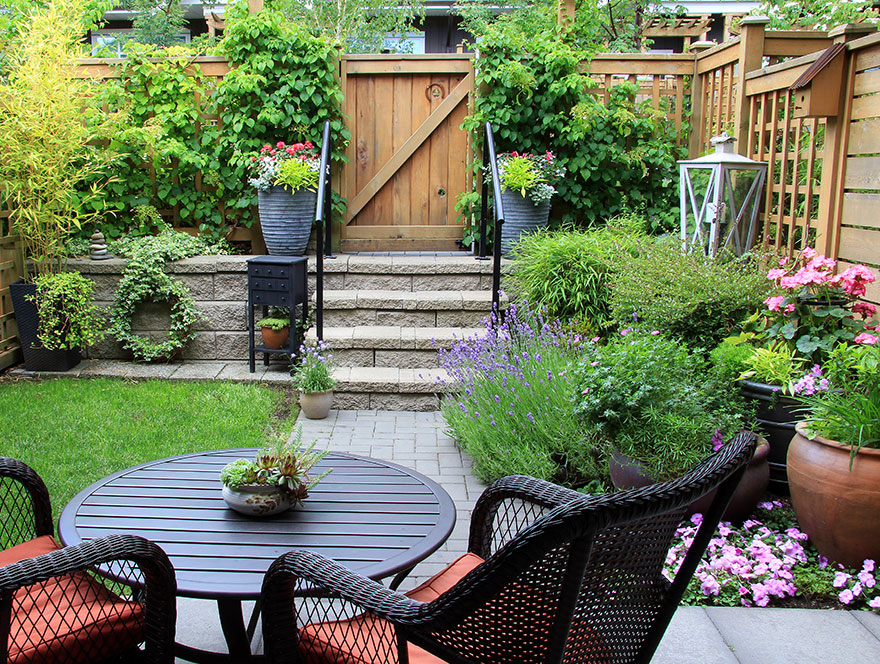
Container Gardening Tips
July 18, 2017Container gardening isn’t just for the urban landscape, or those of us with attention deficit issues. Containers and planters are a great way to add POP to your landscape and create visual focal points that might be hard to achieve with traditional landscape techniques. Planters can also be used to rotate seasonal flowers and decorations, even in the cold winter months.
Don’t be fooled, however, while container gardening can be easier than traditional landscaping, it does not guarantee success. Follow our tips for the best results.
Choosing the Right Planters
When it comes to selecting containers, the sheer volume of available styles and sizes can be overwhelming. However, there are some basic qualities you should look for in every container or planter you choose.
Look for containers that allow ample drainage and are made from non-porous materials. This will help you with keeping your plants watered, but not flooded.
The best containers will be flat-sided or wider at the top. If you are planning on planting annuals, you will want a container that is at least 8 inches deep. Grasses and shrubs will need more room, between 16 and 24 inches deep. If you are looking to add a variety of plants within one container, be sure that it is at least 12 inches wide.
Prepping Your Container
Before filling your planters with soil, be sure to add some stones to the bottom, particularly over the drainage holes. This will help maintain moisture.
We recommend bagged potting soil for flowering annuals. This will help prevent disease, while keeping your planter lightweight. Be sure to select a potting soil that contains a slow-release fertilizer to help your plants to stay healthy longer.
Choosing Your Plants
When selecting plant material, be sure to choose plants that are still fairly small. Smaller plants are easier to install and larger, more mature plants may be root bound in the original container, which will cause them to lose moisture more quickly. Properly planted and fertilized material will quickly fill in and make your container(s) look great!
Use bold colors, or variations of the same color, to design eye-catching displays. Do not be afraid to mix textures. The best arrangements use a variety of heights within the same planter. For example, choose tall plants like sedge grasses for the center or back of the planter, add medium height plants like begonias to the middle, and hanging or trailing plants such ipomoea around the outer edges of the planter. This will add visual interest to your container garden.
If you plan on adding a variety of plants to one container, choose plants that will grow harmoniously together, meaning that they match as far as watering and sunlight needs.
Maintaining Your Container Garden
If you plan on switching out plants based on season, consider using smaller pots within larger containers. This will make removing and replacing plants easier- when the season changes simply lift out the old and drop in the new!
Be sure to water your potted plants often and to place them where they will receive appropriate sunlight.
For flowering plants, be sure to trim off any dead blossoms to make room for new flowers.
Need Inspiration?
If you are looking for a professional design for your porch, patio or landscape with a container garden, talk to Hively. Our specialists will select the right plants, planters and accessories for your home, and we can maintain your plants, ensuring that they stay beautiful all season long.
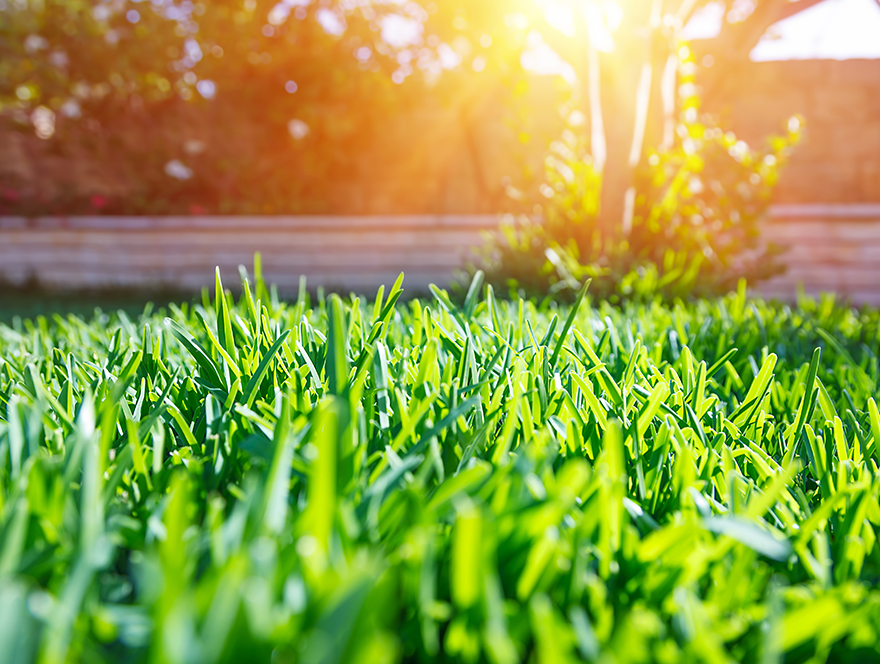
It’s Hot! Keep Your Landscape Happy with These Summer Weather Tips
June 23, 2017It’s the time of year when the air conditioning is cranked up and working outside is the last thing you want to do. Our region has experienced a mild and wet spring but summer is officially here and you can bet heat waves are in our future. While you can hide out in your AC, your landscape is stranded out there in the heat. How can you keep your landscape happy on the hottest of summer days? Follow these simple summer landscaping tips to help your plants survive the season.
Keep Your Landscape Hydrated
Landscapes, especially newly installed landscapes, can be vulnerable during dry, summer months, so maintaining a watering schedule based on the types of plants within your garden is essential. Look at the list below to see how often and for how long you should water your landscape.
No matter the plant, be sure that the water penetrates the roots. Lawn sprinklers are designed for grass, and are not the best choice for shrubs and flowers. This is because the water may stay on leaves and be evaporated before having the chance to reach the plant’s roots, or linger, inviting fungi to take residence on the plant.
In addition, help your landscape retain moisture by adding mulch around newly planted shrubs and trees.
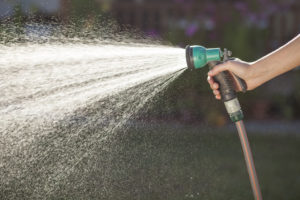
Fertilization
Most homeowners only think about fertilization during planting season, but certain varieties of plants can benefit from continual feeding throughout the hot season. The type of fertilizer you want is dependent upon the type of plant and your desired results. Plant food and fertilizers typically have three numbers listed on the label. These three numbers represent the percentage of nitrogen, phosphorous and potassium respectively. As a general rule, fruiting plants – fruits and vegetables – will prosper better with a higher ratio of phosphorous and potassium, while foliage plants, like shrubs, will benefit from higher ratios of nitrogen within their fertilizers.
Summer Landscaping Tips by Plant
Perennials
Water perennials, such as irises, hydrangeas, peonies and roses, for ten seconds twice a week during the summer. Use a nitrogen-rich fertilizer for flowering plants. Roses, azaleas and hydrangeas prefer acidic fertilizers.
Annuals
If the summer has been particularly dry, your annuals may need daily watering. Water for ten seconds, again, ensuring that the water penetrates the roots of the plant.
Shrubs
Water shrubs and bushes for thirty seconds each, twice a week. Holly bushes prefer acidic fertilizers, while leafy shrubs used for privacy will benefit from nitrogen-rich plant food.
Trees
Newly planted trees require much more water than smaller plants. Water your trees for three to five minutes twice a week during the summer. Evergreens and dogwoods benefit best from acidic fertilizers.
Summer Landscaping Tips for Your Lawn
Change the Height of Your Mower Blade
By allowing your grass to grow a bit longer, you are helping it survive the heat. When grass has been cut too short, it prevents the plants’ ability to photosynthesize or create their own food. If your grass has been growing for some time, and is considerably high, only cut one-third of its height. Wait a week, and continue to cut only one-third. Repeat until you have the desired length.
Sharpen Your Mower Blade
A dull blade won’t only mutilate your lawn, but can increase the damage to your grass caused by heat. A sharper blade helps your grass heal more quickly after being cut.
Leave Your Clippings Be
Unless your grass clippings are in danger of being blown into the street, storm drains or bodies of water, allow them to lie where they lay. The clippings will help to fertilize the remaining grass.
Resist the Urge to Fertilize, Aerate or Dethatch
Mixing high temperatures with fertilizer can harm your lawn and cause it to burn. Lawn aeration and dethatching should be avoided because it adds to the stress of the plants.
Don’t Flood Your Lawn
Water your lawn regularly, but not every day. Constant watering can weaken the grass and turn your yard into mud.
Check One More Thing Off Your List
Does the pressure of maintaining your lawn seem too much? Would you rather have professional, certified landscapers take care of everything than try to remember these summer landscaping tips? Contact Hively for a free consultation today!
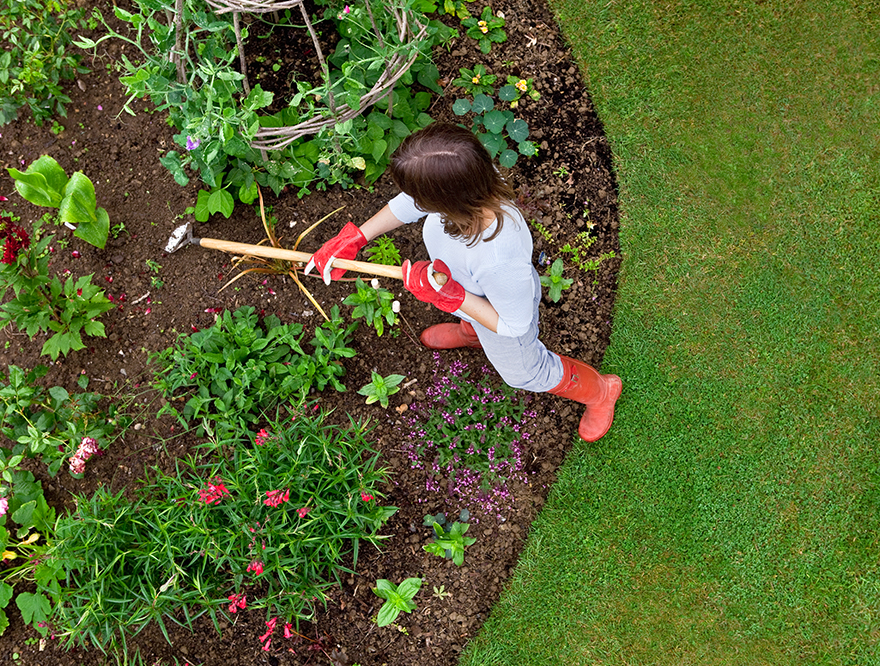
Choosing the Right Herbicide for Ultimate Weed Control
April 27, 2017Spring has arrived and with it will come all the joys of being outside enjoying your landscape…and weeds. Crabgrass, thistle, nutsedge and all of our other favorite perennial weeds will thrive this spring, especially because the of the mild winter that was not cold enough to permanently damage existing dormant seeds. Great! So, now what?
One of the most cost efficient and effective weed control methods is with the use of a pre-emergent herbicide. This is just what it sounds like; pre-emergent herbicides prevent weeds from emerging from seeds by interrupting the germination process as seeds move from dormancy to growth mode. It’s like putting down a barrier across the treated area that weeds can’t penetrate.
Most pre-emergent herbicides are granular or powder based and activated by water. Some pre-emergents are applied on their own and some are applied with other materials, like fertilizers. This gives pre-emergents the advantage of efficiency combined with a longer effective treatment period to help with extended weed control. Many pre-emergents have a 90 day efficacy if applied in ideal conditions. Since ideal conditions are pretty rare in real life, we suggest a 45 day inspection cycle which allows us the flexibility to re-apply material before weed pressure begins to increase.
In new or existing planting beds, pre-emergents are spread prior to new mulch. It is important to note that some pre-emergent herbicides can damage certain flowering perennials, annuals and bulbs that have not yet broken bud. It is very important to have an qualified and experienced applicator performing the applications to avoid any issues. The applicator must be able to read and follow the application instructions AND be able to positively identify plant material to ensure success.
Of course, any individual or company that applies herbicides and fertilizers for monetary compensation must be registered with the PA State Department of Agriculture. Registered individuals carry an ID card and registered companies are required to display their BU number on all vehicles that transport controlled chemicals and in all promotional materials. Hively’s BU number is 0299.
If you have a weed problem, or want to avoid having to deal with weed control, please contact our office for assistance. We love landscapes but we don’t like weeds!

Spring Garden and Landscape Preparation
March 15, 2017In order to keep your landscape looking its best year-round, now is the time to put your springtime prep work in. The experts at Hively Landscapes came up with the following list to help you focus your efforts and save time during your spring garden and landscape preparation, so you can spend more of it enjoying the fruits of your labor.
Apply Fertilizers & Pre-Emergents
A warm winter like the one we’ve had in south central PA presents a myriad of threats to your lawn and landscape. In warm climates (or during abnormally warm winters), weeds can germinate as early as February, and can quickly invade a landscape. The best way to combat them is to apply a pre-emergent herbicide in January or February, and then follow up with a post-emergent treatment as spring arrives.
Also, applying a slow-release fertilizer will provide the right amount of nutrients to your soil, allowing your lawn to thrive and push out weeds, as well as promote top growth.
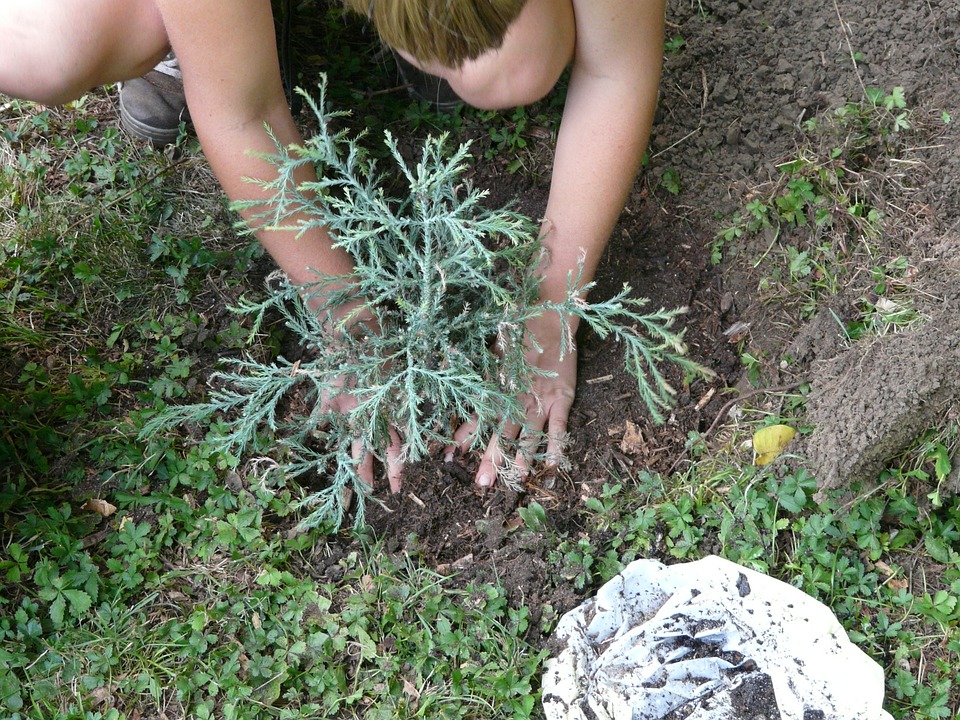
5 Steps to Better Fall Lawn Care
October 24, 2016It appears cool weather may finally be here to stay after a hot, dry summer and early fall. Along with fall maintenance tasks such as swapping your screens for storm windows, reversing your ceiling fan, and cleaning rain gutters, you should prepare your home’s landscape for what’s coming.
No one wants to start the spring by replacing one of our beloved trees or shrubs that didn’t make it through the harsh winter. Remember a blizzard named Jonas dumping a few feet of snow in South Central PA and Central MD earlier this year?
The good news is there’s plenty you can do to help your landscape survive the fall and winter and thrive in the spring. Simply follow these simple fall lawn care tips to be well on your way to a happy and healthy landscape in 2017 (and beyond)!
- Planting. If you’re planning on adding some new trees or shrubs to your yard, now is the perfect time to start planting for next year. Not only will you save some money as local nurseries discount their remaining material to minimize inventory, but your plant will receive the benefits of building root mass in the cool, moist soil without the stress of drought, high temperatures, or sun scorch.

Ensure Landscape Success with Simple Soil Testing
August 24, 2016Summer is in full swing, and our recent travels around York, PA have revealed that this summer’s heat and lack of rain has taken a toll on local lawns and landscapes.
Many landscape owners believe that the problem is simply the inevitable result of this year’s extreme heat and irregular rain, but something else may be having an effect, and even with ideal temperatures and rainfall, that factor can prevent lawns and landscapes from being fully healthy and looking great.
Fortunately for these home and business owners, the team at Hively Landscapes has the ability to transform their lawns and landscapes from an eyesore into the lush green lawns and beautiful gardens you thought were only possible in commercials.
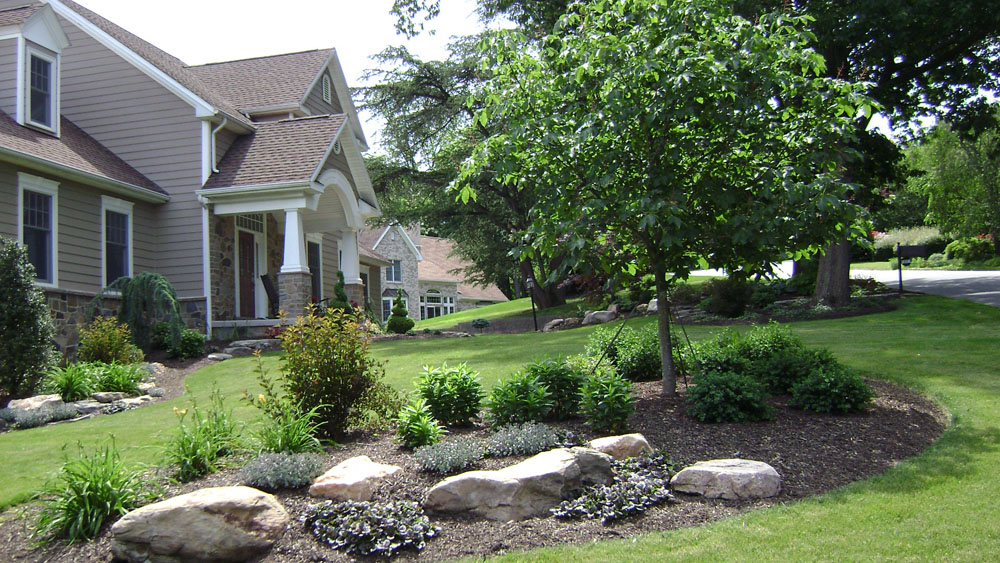
3 Options for Proactive Landscape Maintenance
May 24, 2016If you’re familiar with our blog you’ve likely read our previous article on the benefits of proactive lawn care maintenance. From maximizing your flowers and growth to early identification and treatment of problems, residents and businesses alike have found that by selecting a proactive landscape maintenance plan with Hively Landscapes they’re maximizing their landscape investment, while avoiding costly replacements, removals, and other landscape troubles.
We offer three forms of proactive maintenance, and have outlined each below.